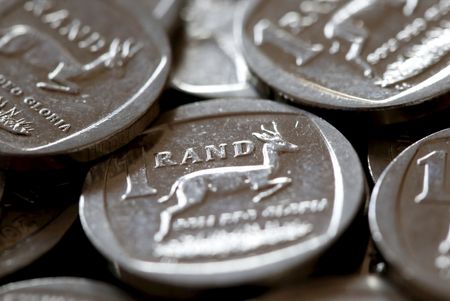By Colleen Goko
LUANDA (Reuters) -Angola plans to spend almost half of its 2026 budget on debt payments, underscoring how rising servicing costs are squeezing fiscal space across Africa and forcing governments to rely more on domestic markets for funding.
The finance ministry’s draft budget released on Friday showed that 32.9% of total expenditure, equivalent to 10.9 trillion kwanzas ($11.95 billion), will be directed toward loan repayments, while 13%, or 4.3 trillion kwanzas, will cover interest payments.
Together, debt servicing will absorb about 45.9% of total expenditure.
Angola anticipates net borrowing of 7.1 trillion kwanzas from local sources compared to 1.7 trillion kwanzas from external creditors in 2026, reflecting a broader trend among frontier markets to rely on domestic financing as access to foreign currency is often more pricey and risky.
Luanda’s budget deficit is seen at 2.8% of gross domestic product, down from an estimated 3.3% in 2025.
Sub-Saharan Africa’s second-biggest crude oil producer, which seeks to contain costs due to volatile oil prices, said it would cut total expenditure by 4.7% to 33 trillion kwanzas. Its draft budget assumes a crude oil price of $61 per barrel, while Brent crude futures were trading near $65 on Friday.
Economic growth is expected to accelerate to 4.2% in 2026, up from 3% in 2025.
The government also raised concerns over the sharp rise in tax exemptions and incentives — termed “fiscal waivers” — which surged from 184 billion kwanzas in 2018 to nearly 3 trillion kwanzas in 2024. The exemptions, predominantly granted to non-oil sectors, are under scrutiny for their impact on revenue and Angola’s fiscal stability.
($1 = 911.9780 kwanzas)
(Reporting by Miguel Gomes and Colleen Goko; Additional reporting by Nelson Banya;Writing by Sfundo Parakozov; Editing by Richard Chang and Bill Berkrot)









